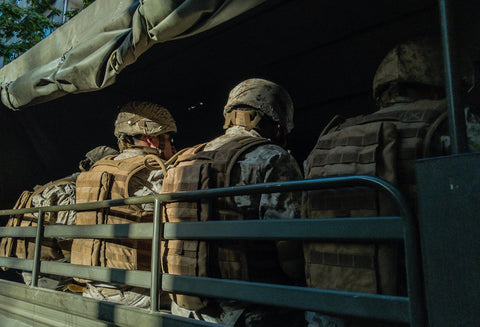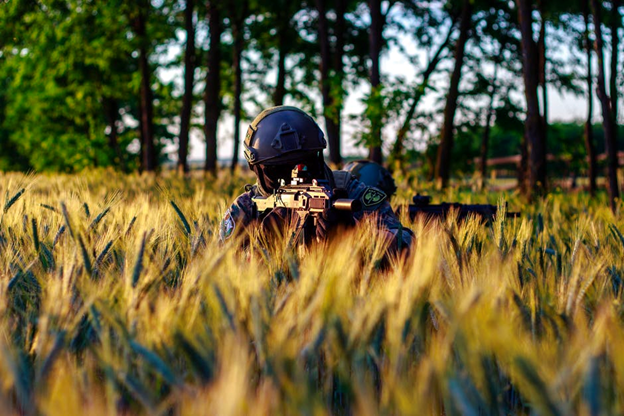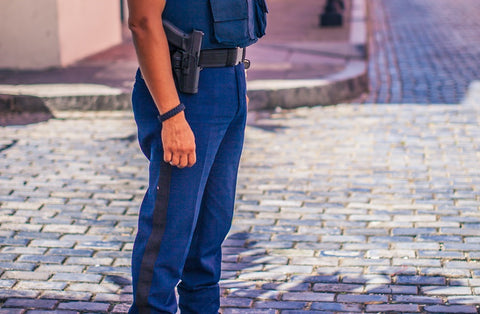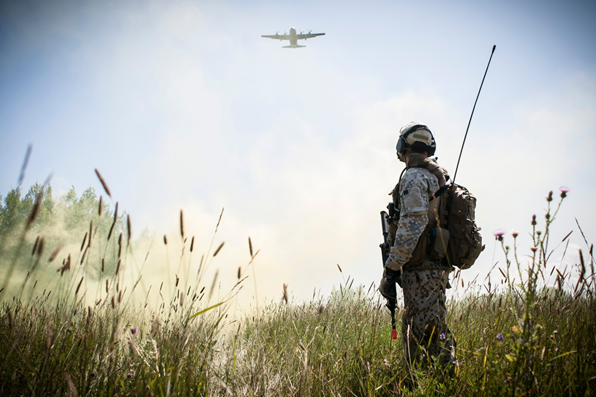Joining the Canadian Military: Could You Pass the Test?

Learn More About Getting into the Canadian Armed Forces
It takes a lot of training and hard work to join the Canadian Armed Forces. You may have thought about joining the army, navy, or air force, but what steps would you first need to take?
Read below to learn more about the intense process from start to finish.
Basic Requirements
Before trying to joined the armed forces, you should make sure you’re eligible to join. The basic criteria states that you must:
-
Be a Canadian Citizen
-
Be at least 18 years old (though some under 18 may be accepted with parental consent)
-
Have completed Grade 10 (or Secondaire IV in Quebec)
You can find more information about eligibility here.
READ MORE: Proper Techniques for Cleaning Tactical Clothing
What Stream of Work are There in the Forces?
Like most countries’ military organizations, the Canadian Armed Forces has plenty of sectors – and you may already know which one you’d pick, or you may be unsure. Fortunately, the forces will have you participate in an aptitude test to determine what your ‘best fit’ would be – more on that below.
Navy
The Royal Canadian Navy is the sea-based component of the Canadian Armed Forces. In the Navy, you would likely join a crew aboard a frigate, support vessel or submarine, sailing Canada’s coastline or even exploring the world’s seas.
Army
The Canadian Army is the land-based component of the Canadian Armed Forces. This group’s mandate is to “protect and defend Canada” through a team of strong and proud Canadians working in dozens of occupations, from soldiers to reservists and rangers.
Air Force
The Royal Canadian Air Force is the air-based component of the Canadian Armed Forces. The air force protects North American airspaces and contributes to international peace and security, offering hundreds of potential occupations to those who join.
The CFAT: What Is It?
CFAT stands for the Canadian Forces Aptitude Test. This test is mandatory for anyone who wants to join the armed forces.
The test has two purposes: first, its results are used to determine whether participants have the mental aptitude required for the forces. Second, the results are used to suggest possible military occupations for the person taking it. Generally, the ‘better’ someone performs, the more options they will have to choose from.
Three 3 CFAT Measures
Verbal Skills
The first section of the test measures the participant’s verbal skills using questions involving vocabulary, antonyms and synonyms, and word analogies. Ultimately, these test the participants ability to give and understand directions.
Spatial Ability
The second section of the test measures the participant’s spatial abilities. Specifically, it asks questions prompting the user to identify patterns.
Problem Solving
The third section of the test measures the participant’s ability to solve problems. This section uses a wide variety of questions, asking about number sequencing, arithmetic, image analogies, image sequencing, and more.
Medical Exam
The Canadian Armed Forces also requires entrants to participate in a medical examination. You may be asked to participate in tests involving vision, hearing, blood pressure, height, weight, reflexes, eye health – and even a urine test.
READ MORE: The Future of Tactical Gear
Interview
After the previous steps, you’ll be required to participate in an interview with a military career counsellor. This is, all things consider, a ‘job interview’ – since joining the forces may at times be competitive, you’ll need to prove yourself a viable candidate and discuss your work history, work ethic, knowledge of the forces, and what you bring to them.
FORCE Evaluation Fitness Test
Those interested in joining the military must take a fitness test to ensure their physical abilities meet the standards required. The FORCE test, or Fitness for Operation Requirements of CAF Employment, includes the following components:
-
20m Rushes – this requires the participant to complete two ‘shuttle sprints’ under 51 seconds
-
Sandbag Lift – this requires 30 consecutive lifts of a 20kg sandbag from the floor to 1m above ground, and it must be completed under 3 minutes and 30 seconds
-
Intermittent Loaded Shuttles – this requires the participant to perform 10 shuttles, alternating between having to carry a 20kg sandbag and carrying nothing, and it must be performed under 5 minutes and 21 seconds
-
Sandbag Drag – this requires the participant to carry a 20kg sandbag and pull four of them over 20m without stopping











